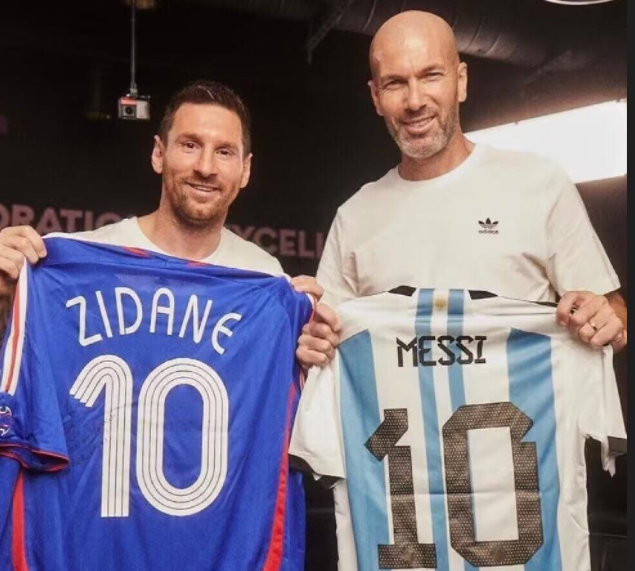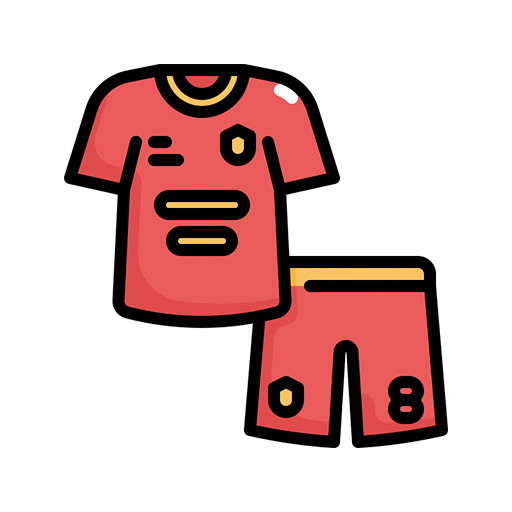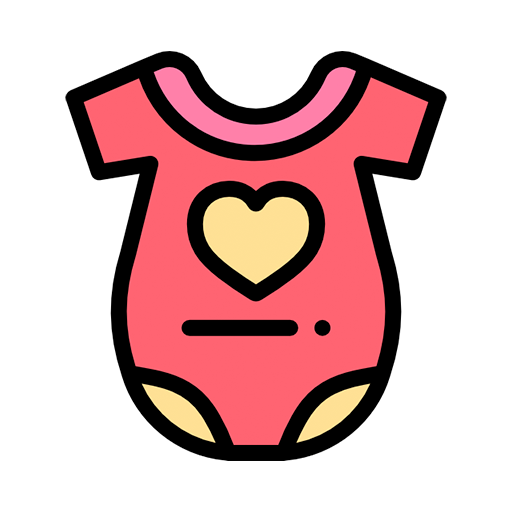
Why do soccer players trade jerseys
Share
During football matches, it's quite common to witness a scene where players from both teams exchange their jerseys after the game. This might puzzle many spectators, as the jerseys are often soaked in sweat and perhaps not pleasant-smelling after an intense match. Giving such a jersey to an opponent might seem insulting, but that's not the case. The act of jersey exchange is a friendly gesture and a long-standing tradition in the world of football.
The first recorded instance of jersey exchange occurred in 1931, when France defeated England in a game. Afterwards, the French team proposed to exchange jerseys with England as a memento of the match. This tradition has been carried on, and sometimes after a game, teams or individual players exchange jerseys to commemorate the just-concluded match. It embodies the sporting spirit, where after 90 minutes of intense competition, players show respect for the game and their opponents by swapping jerseys.
However, not all players are receptive to this form of interaction. Some might refuse to take a sweaty jersey from an opponent. But others embrace it wholeheartedly, even wearing the opponent's jersey on the spot. So, how do players choose who to exchange jerseys with? Generally, the jerseys of the star players are sought-after, but often the exchange is merely a formality without much deliberation. Players might simply select the nearest opponent to complete the swap. As for the jerseys exchanged, they might be kept as collections or gifted to relatives and friends.
The tradition of jersey exchange isn't exclusive to players; fans have also been influenced to show respect in this manner. Despite potential rivalries between supporters of different teams, there's also a loving side to their interactions.
During the 2018 FIFA World Cup in Russia, an Australian fan serendipitous met a Senegal fan in the stands, and they exchanged jerseys in a harmonious and beautiful scene. Perhaps this is the true spirit of football – devoid of conflicts and confrontations, but full of respect and admiration for each other. Witnessing such moments during the World Cup is indeed profound and inspiring.
How to Successfully Exchange Jerseys?
Timing Matters:
The usual time for jersey exchange is after the game, though sometimes it also happens during halftime. For instance, Son Heung-min waited for Cristiano Ronaldo to exchange jerseys after the first half, choosing the right moment that led to a successful swap, with Son even excitedly kissing Ronaldo's jersey afterward. Asking for a jersey during the game could be misconstrued. In one instance, a player whispered to a star shortly after tackling him, saying he admired him and wanted to swap jerseys later, which caused confusion.
Mood of the Game:
Take Cristiano Ronaldo as an example. For a highly competitive player like him, he'd gladly accept a jersey exchange after a win but might reject it when he's in a bad mood after a loss. If he wins but doesn't score, you might also be turned down. Goran Gosens, an Atalanta player, once tried to swap jerseys with Ronaldo after a game but was firmly rejected, which was a significant blow to him and even made him write about the embarrassing experience in his autobiography. Of course, this is an extreme case; Ronaldo is mostly friendly and might even wait outside the opponent's locker room to exchange jerseys after a defeat.
One's Own Status:
Ultimately, it comes down to one's own standing in the game. If you're a big name, the success rate of jersey exchange is virtually 100%. Would Messi refuse to swap with Ronaldo? Or with Mbappé, Neymar, or Haaland? They'd probably be flattered. Players from lower-tier leagues or with less prominence might find their jerseys unlikely to be cherished by top players.




